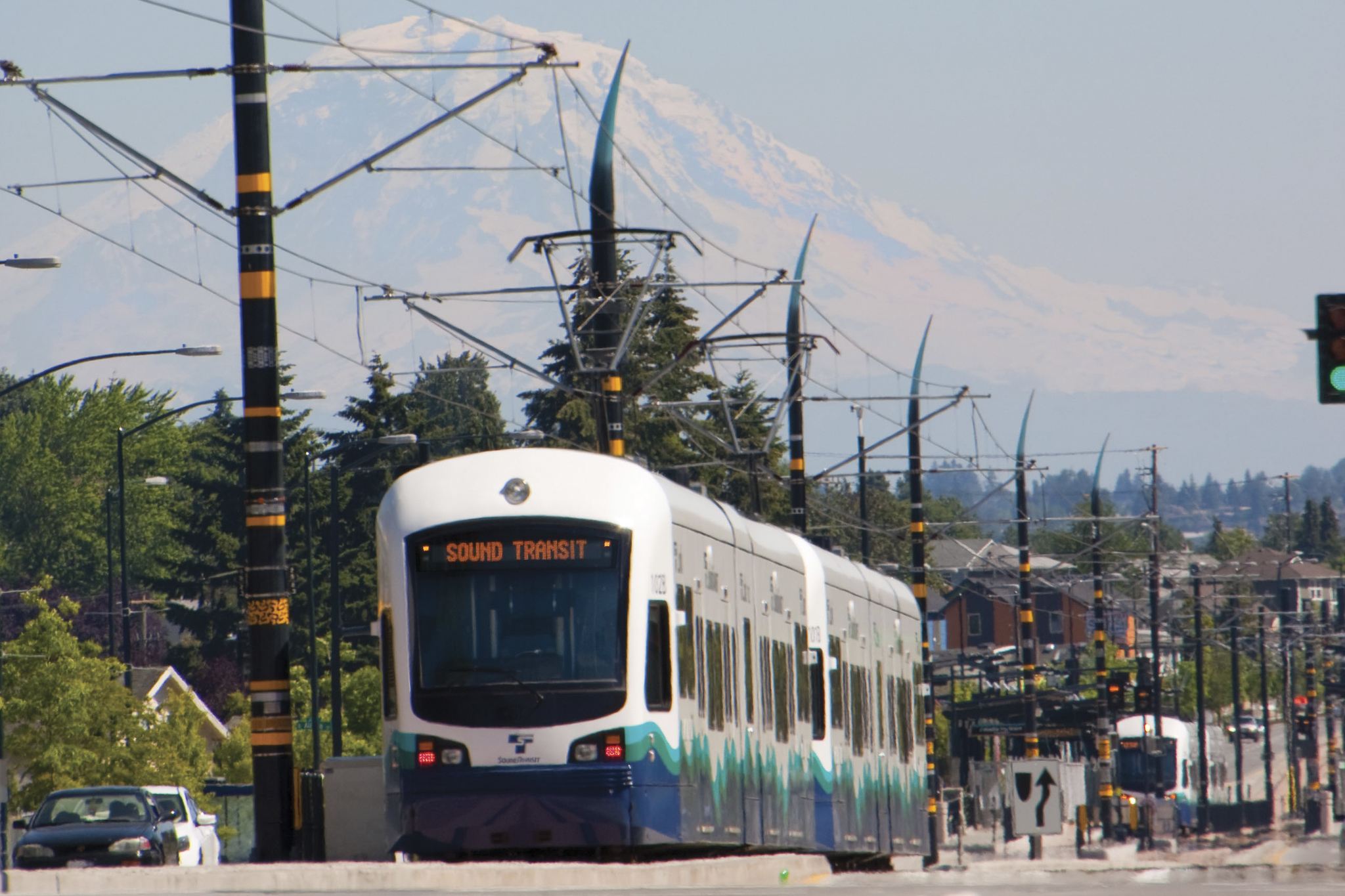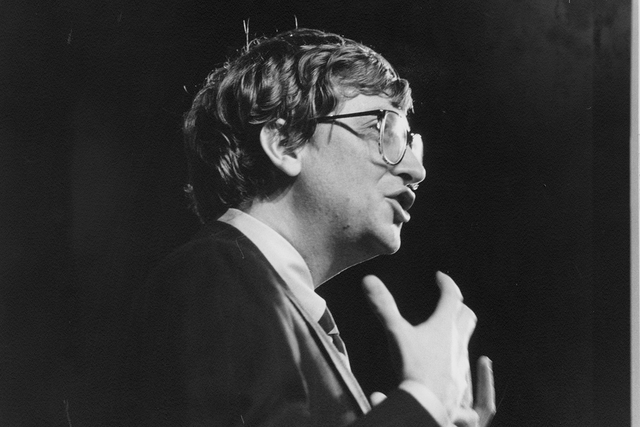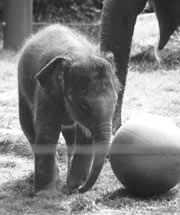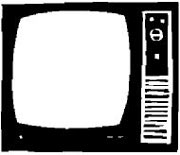LAST YEAR, WHEN powerhouse developer Wright Runstad leased the Pacific Medical Center cheap to Amazon.com for up to 149 years, the usual watchdogs howled, “Sweetheart deal!”—and, as usual, failed to block the deal. How sweet it is became more vivid last week, when Wright Runstad unveiled the model of what it will build for Amazon.com and won penultimate official approval for a project that, contrary to declared policy, will drastically alter views of one of Seattle’s most distinguished and prominent architectural landmarks.
Public attention has focused on the 1932-vintage hospital tower, a stellar example of Zigzag Moderne. But Wright Runstad made no secret of wanting to build more. Its plans (which still await a building permit) include a sprawling three-sectioned building four to six stories high, joining the tower by a skybridge and stairstepping down the site’s diagonal southwest side. This addition will contain 224,000 square feet—four-fifths as much as the tower—and 1,200 employees. It will be as elegant, and as consistent with the landmark tower, as bulk and available materials will allow. Zimmer Gunsul Frasca, the architects of an acclaimed 1992 seismic addition on the tower’s north side, will design it. They’ll complement (though not precisely match) the original hospital’s distinctive, elaborately patterned orange brick; they even talk of matching expensive features like terra cotta.
What Runstad and ZGF can’t do is make that new bulk disappear. In deciding where to build, they faced a sticky landmarks question and troubling tradeoffs of public views. But they finally finessed these last week, in their fourth appearance before Seattle’s Landmarks Preservation Board.
The problem: The area south of the tower is a lovely courtyard ringed by grand trees and historic accessory buildings—a sacrosanct landmark, though it seems little used by neighbors or Amazoids. (It and a similarly enclosed garden on the site’s northwest side will be open to the public—so hold your next picnic there and give the stock-option toilers upstairs something to envy.)
North and west of the tower lie parking lots and dispensable makeshift structures, ripe for redevelopment. But further north and west lie downtown, I-5, Elliott Bay, and myriad other points over which the tower rises unobstructed and, at sunset, glows like a castle on a hill. The views from there of the new Amazon HQ aren’t just inspiring, they’re supposed to be protected. In 1991, PacMed and the city signed preservation guidelines affirming that “the existing tower should continue to be the dominant structure on the site. No other building should diminish its importance by virtue of scale or proximity.” Further, “any new structures on the north campus should be located around the new open space and oriented in a configuration similar to the south campus,” as much as the site’s tongue-like shape and sloping topography allowed. All this seemed to preclude major construction.
FORTUNATELY FOR Wright Runstad, a subsequent document afforded a loophole. In 1992 the city amended its rules for the site to allow the seismic addition. Henceforth, the tower’s silhouette would be preserved as viewed from two high points to the north: 16th Avenue East and Yesler Way, and the Yesler/I-5 overpass. The new offices will spare those vistas and spare views of the tower from the west (as well as the tower’s spectacular views of the Sound and Olympics). But they’ll loom large over lower points from Pioneer Square to Rainier Avenue, including Jackson Street, the I-90 overpass, and, especially, the Jos頒izal Bridge, North Beacon Hill’s main access. And it will block much, in some cases most, of the view of the former public hospital that one hill resident, architect Constance Holloway, calls “a ‘beacon’ of hope and healing . . . a proud manifesto of what public money can and should be doing for its citizens.” Those with the most view to lose will be residents of the hardscrabble neighborhood and Amazon commuters.
Nevertheless, neighborhood groups have endorsed the project, while watchdogging it. They seem encouraged by Wright Runstad’s attention to design and promises that it will not just mitigate traffic and parking impacts but improve current bottlenecks. Some smell a boom coming to the last lagging neighborhood in the ring around downtown. “We could have built considerably more, about 400,000 square feet,” says project manager Sharon Coleman. “[Amazon] could have used everything we could build. We just didn’t feel that would be appropriate to the site.”
Some hill dwellers, and even a City Council member or two, aren’t convinced this plan is, either. With the Smith Tower, Seattle Tower, and Harborview hospital dwarfed or hemmed in by newer construction, Beacon’s beacon is the last old icon to stand proud and free over downtown Seattle. This splendid isolation, notes Holloway, “gives this building its power.” Block that, neighbor John Winterscheid warned the Landmarks Board, and “it’s gone forever.” Seattle’s castle on a hill will be just another cluster.








